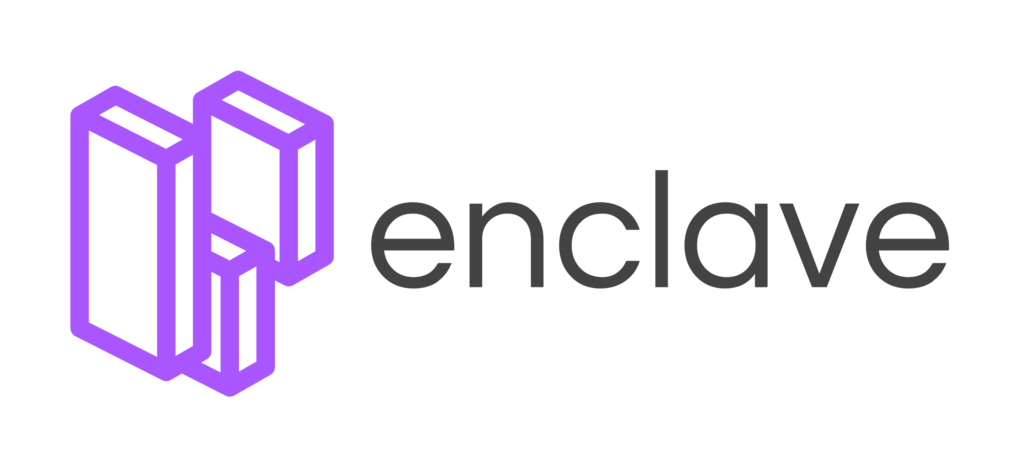
Security News
vlt Launches "reproduce": A New Tool Challenging the Limits of Package Provenance
vlt's new "reproduce" tool verifies npm packages against their source code, outperforming traditional provenance adoption in the JavaScript ecosystem.
enclave-cli
Advanced tools

A lightweight API for compiling React applications with Webpack and Babel.
##Getting Started:
$ mkdir my-new-app
$ cd my-new-app
$ npm init
$ npm i enclave --save
Enclave will then take you through a series of prompts. The answers to these prompts will create a enclave.js file in your application's root. This file is what enclave uses to reference your build. If you need to change any of your settings, you can do that directly in the enclave.js file.
Create an entry point for your application:
$ mkdir src && touch src/Main.js src/index.html
Write some code, if you're doing React, something like this should work:
/* src/Main.js */
import React from 'react';
import { render } from 'react-dom';
class App extends React.Component {
render() {
return (
<div>
<h1>
Welcome to my app!
</h1>
</div>
);
}
}
// hook into the `enclave` id, which is provided by enclave.
render(<App />, document.getElementById('root'));
Configure your index.html file to have something with the id your react app is looking to hook into ("root" in this case)
<!-- src/index.html -->
<html>
<head>
<title>my app</title>
</head>
<body>
<div id='root'></div>
</body>
</html>
Enclave will automagically add a script to your package.json file which will allow you to run everything.
To run it, type the following in your terminal:
$ npm start
If you want to edit your scripts, you can just move the start command somewhere else.
Then find your app at http://localhost:3000
If you don't specify a port in your enclave.js file then your app will be served on port 8080.
##Currently supported settings
When enclave is installed in your project, it creates an enclave.js file, this is where your settings are stored. Currently supported settings are:
index.html file. Ex. "src/index.html"After your complete enclave's prompts, you'll find a enclave.js file in your app. If you need to edit any of the answers you gave you can do that here. It should look something like this:
/* enclave.js */
exports.entry = "src/App.js"
exports.output = "dist"
exports.port = 3000
exports.index = "src/index.html"
exports.live = true
FAQs
An API for compiling React applications with Webpack
The npm package enclave-cli receives a total of 0 weekly downloads. As such, enclave-cli popularity was classified as not popular.
We found that enclave-cli demonstrated a not healthy version release cadence and project activity because the last version was released a year ago. It has 1 open source maintainer collaborating on the project.
Did you know?

Socket for GitHub automatically highlights issues in each pull request and monitors the health of all your open source dependencies. Discover the contents of your packages and block harmful activity before you install or update your dependencies.

Security News
vlt's new "reproduce" tool verifies npm packages against their source code, outperforming traditional provenance adoption in the JavaScript ecosystem.

Research
Security News
Socket researchers uncovered a malicious PyPI package exploiting Deezer’s API to enable coordinated music piracy through API abuse and C2 server control.

Research
The Socket Research Team discovered a malicious npm package, '@ton-wallet/create', stealing cryptocurrency wallet keys from developers and users in the TON ecosystem.